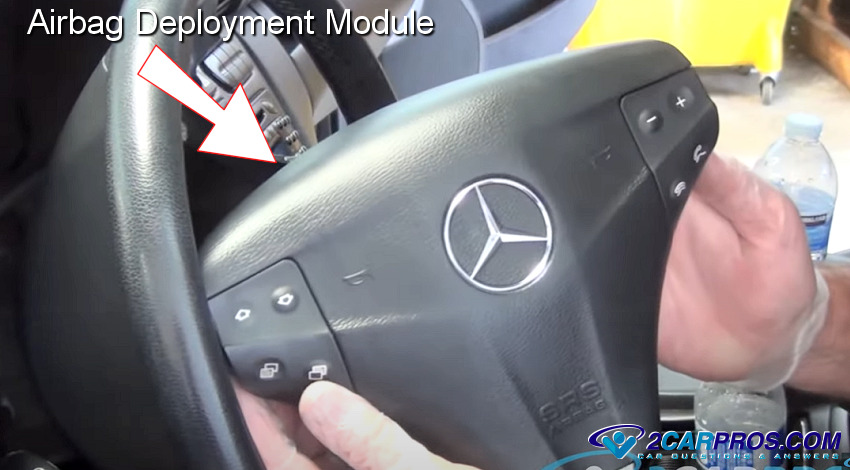I would be running the car in gear on a hoist. By blocking one front tire, the other one will spin so you can identify which one is causing the vibration. Things to look for, since we know it is not tires or balancing, include a warped brake rotor, bent wheel hub, and worn inner cv joint housing.
A brake rotor can be warped in such a way as to not be felt in the brake pedal but it can shake the steering linkage and steering wheel. A similar problem can be caused by a piece of rust or debris braking off a brake rotor when a brake job is performed, and getting stuck between the rotor and mounting hub. That will make the rotor and wheel wobble. There are small round access holes in the hubs, and water can splash up there and create spots of rust on the backside of the rotor. If those rust spots are not scraped off and the rotor is reinstalled in a different orientation, those spots will hold the rotor from mounting flat on the hub. The result is a vibration.
A bent hub, (or that rust or debris behind the rotor), can be found by placing a dial indicator next to the edge of the wheel while turning it slowly by hand. That will show any sideways movement in the wheel as it rotates.
Inner CV joints have to be disassembled to inspect the housings, but the clue is the vibration is much worse during acceleration when there is more load on them. The three internal rollers will bind on the worn spots and will not be able to freely change length and angle of the shaft as it rotates. The fastest way to identify a bad one is to replace the entire half shaft, then drive it to see if the problem is gone. Rebuilt half shafts are less expensive then just a new inner housing from the dealer, but sometimes that same problem gets overlooked by the person who rebuilt it. That can leave you with the same symptom. The characteristics of the vibration will usually be a little different though because of variations between identical cars. You can also cause a change in the symptoms by shifting the engine a little to one side by moving the engine mount that sets the position. That will cause the rollers to run in a different area within the housing. That can make the vibration worse, or in rare cases, make it go away. Also, a car with no symptoms can be made to have that vibration by doing work on the engine that causes its position to shift a little. The work the mechanic performed did not cause the vibration; it merely made it show up in that case, but of course he will get the blame because the problem was not there before the service.
SPONSORED LINKS
Monday, September 26th, 2011 AT 6:55 PM



